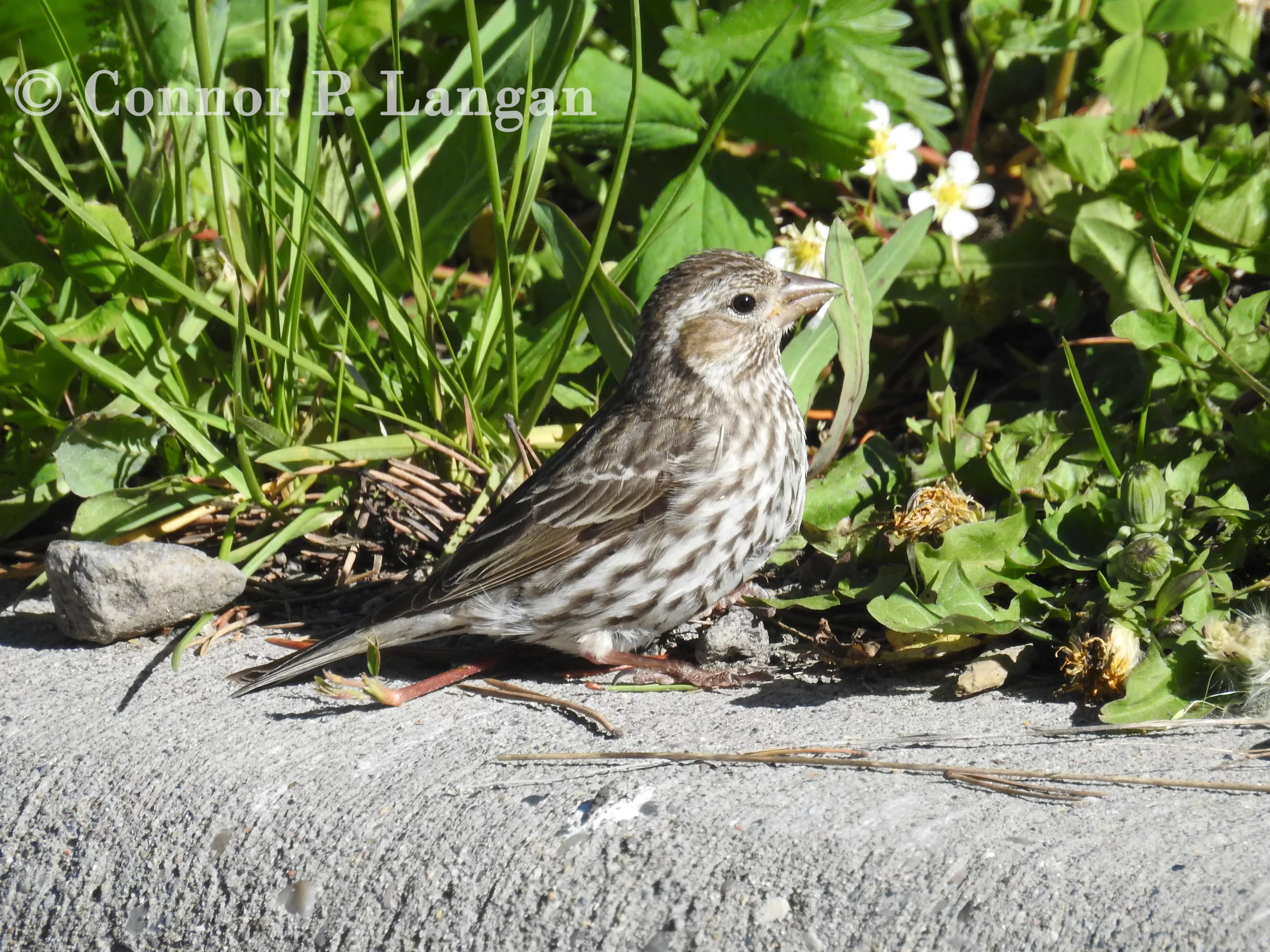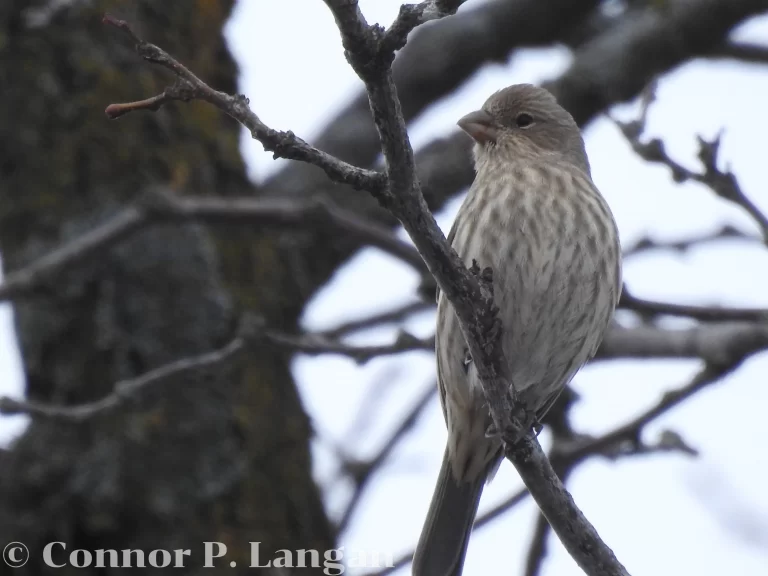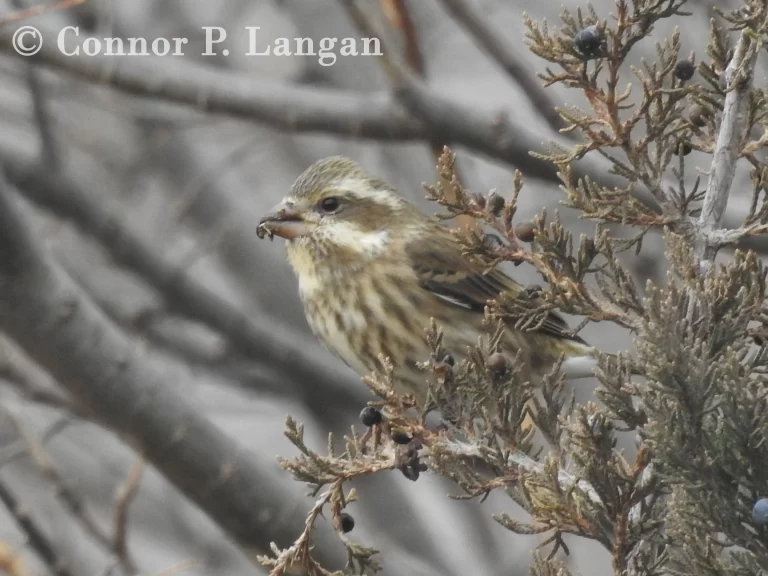Description
Cassin’s Finches are rotund birds with heavyset conical beaks and short, slightly-forked tails.
These birds measure about 6.25 inches long, while they tend to weigh around 0.8 to 1.2 ounces.
Males have rosy red faces, pale pink chests, and pale gray underparts. Cassin’s Finch males have brown backs with an abundance of dark streaking.
Female Cassin’s Finches have fairly nondescript brown and white faces. Their undersides are pale with dark, heavy streaking, and their backs are brown with dark patterns.
Immature Cassin’s Finches look much like an adult female.
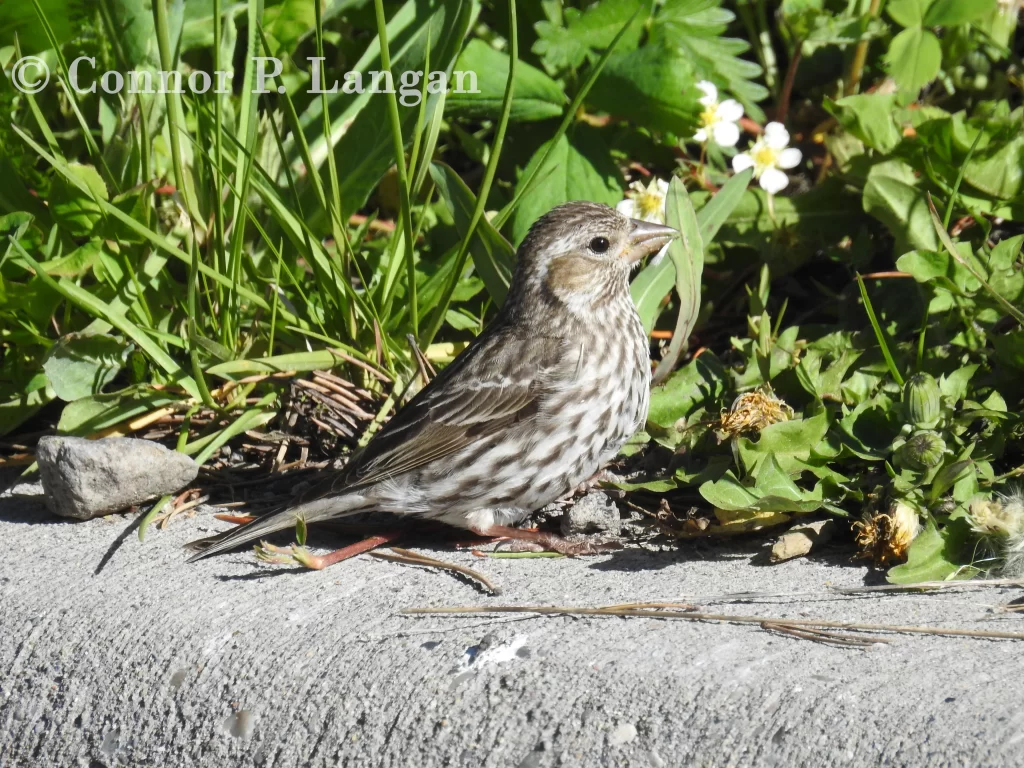
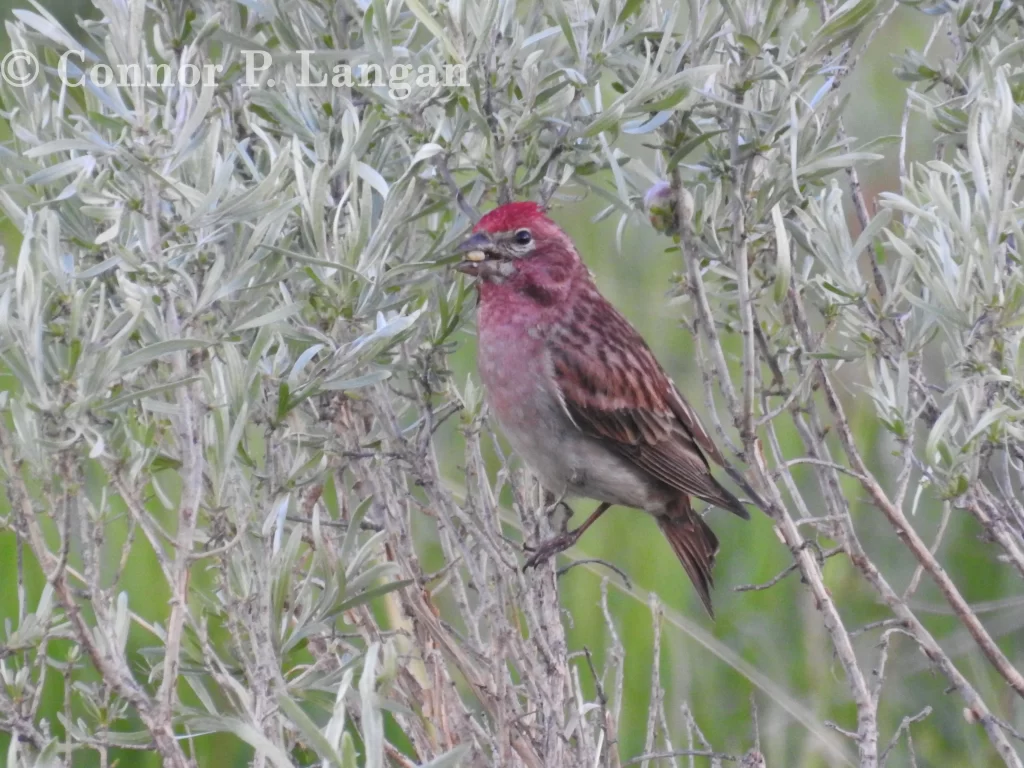
Behavior
Cassin’s Finches are social birds, as most aspects of their lives are spent in the company of groups composed of other Cassin’s Finches. These birds even nest in close proximity to other Cassin’s Finch nests.
After the breeding season has concluded, Cassin’s Finches will continue to associate with other Cassin’s Finch groups, while they will also begin to associate with other finch species.
Diet
The diets of Cassin’s Finches will be variable depending on the time of year. In the spring, these birds incorporate lots of tree buds into their diets. Cassin’s Finches transition to a diet largely composed of insects in the summer, while they will consume lots of seeds in the fall and winter seasons.
Habitat
Cassin’s Finches make themselves at home in coniferous forests where they’re most commonly found above 3,000 feet in elevation. These birds depend on coniferous trees for foraging and nesting, so watch for Cassin’s Finches in tracts of coniferous forests.
Range
These finches are found throughout the Western United States and British Columbia. Cassin’s Finches may be found year-round in mountainous regions of the Western United States, but these birds may retreat to lower elevations during the winter.
Some of the Cassin’s Finch population is migratory, with birds wintering in the American Southwest and north-central Mexico.
A small population of Cassin’s Finches breeds in the Black Hills of South Dakota.
Breeding
Socially monogamous by nature, Cassin’s Finches likely seek extra-pair copulations with some of the neighboring nesters. Most Cassin’s Finches will select new mates each year.
Males and females evaluate potential nesting sites together, but females make the final decision as to where the nest will be placed. Nests are typically placed near the tops of coniferous trees.
Female Cassin’s Finches are responsible for all of the nesting duties, as they build a nest without assistance from their partner. Female Cassin’s Finches are not the greatest engineers, as a messy, cup-shaped nest is constructed from twigs, grasses, and plant fibers over the course of a few days. The interior of the nest is lined with feathers, fur, and other soft materials.
Females produce 1 to 2 broods of eggs annually, with each clutch having 3 to 6 eggs. It takes about 12 days for the young to hatch from the eggs, and nestlings likely leave the nest about 2 weeks later.
Backyard Birding
Cassin’s Finches will visit bird feeders during the nonbreeding season. These birds are particularly fond of large seeds such as sunflower seeds, so stocking such food may entice these birds to stick around.
Cassin’s Finches will not nest in birdhouses. These finches will likely depart in the summer unless your property is above 3,000 feet in elevation and surrounded by coniferous forest.
Population Status
Cassin’s Finch populations have seemingly declined substantially in the past half-century, but estimates as to how much they have declined vary. It is thought that around 3 million Cassin’s Finches exist today.

